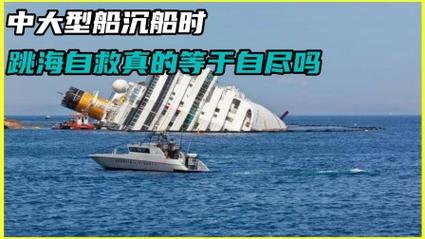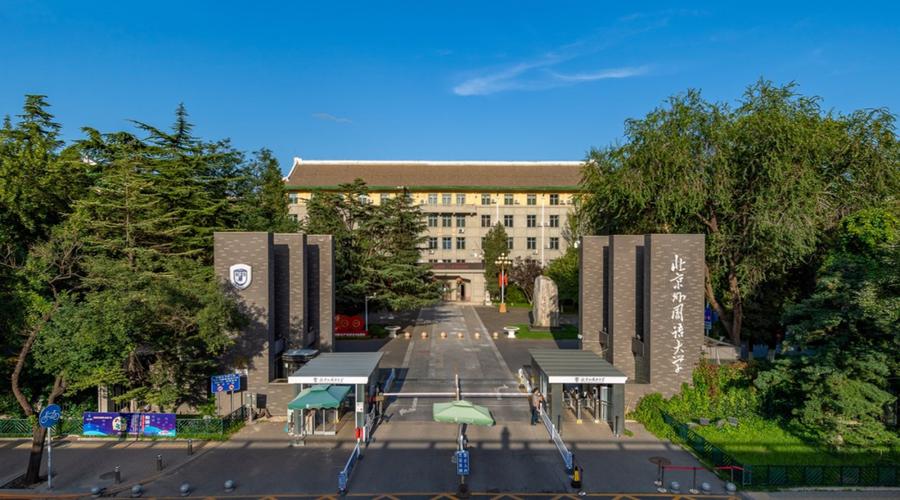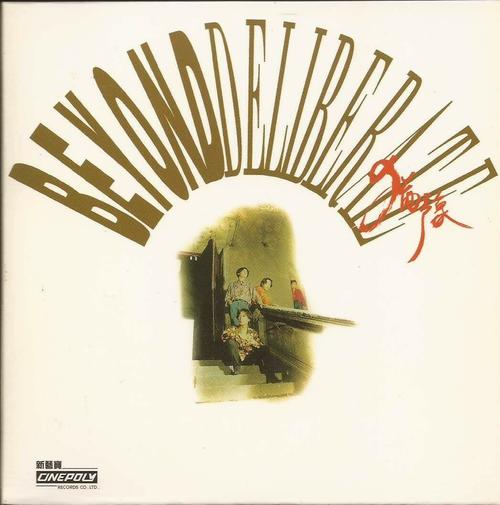
沉船中的宝藏
沉船中的宝藏
在数以万计的海底沉船中,只有极少数,不到百分之一的沉船上有可流通的财富,如黄金和珠宝。 多数沉船提供给我们的是另一种无价的财富--历史。 沉船被海洋中没有空气的环境保管起来,躺在深水中的船只被保存得尤其完好。 大概除了埃及金字塔外,陆地上没有哪些遗迹比深海沉船保存得更完好了。 因此,每一只沉船便成为我们探视历史的一扇难得的窗户。
但这并不是说沉船被发现时都完好无损。 大多数船只在下沉过程中就已破碎,并以每小时100英里的速度撞击海底,因此成为乱糟糟的一团。 我至今仍记得一位潜水新手造访一艘400英尺长的海底沉船后浮出水面时的懊丧神情。他问他的潜水伙伴:"沉船在哪儿?" 看到沉船时能知道这是一只沉船是需要经验的。 但不管船在下沉时状况如何,当它下沉到海底具有保护作用的泥沙层后,船体的朽烂速度比在陆地上要慢得多。 人们曾在海底发现过保存异常完好的古船。 1977年,一群海洋考古学家们在发掘一只有900年历史的沉船时,找到了雕花玻璃器皿、希腊硬币、青铜水壶,并令人吃惊地发现一些盛有种子、杏仁和扁豆等东西的希腊罐子,甚至找到一个盛有鸡骨的盘子。
of the tens of thousands of ships on the ocean bottom, only a handful, less than 1 percent, contain negotiable treasure, such as gold and jewels. most give us a different priceless treasure -- history. a sunken ship lies in trust, preserved in the airless environment of the sea and those in deep water are especially well protected. no dry land sites anywhere -- except perhaps egyptian tombs -- are in a better state of preservation than a vessel deep in the ocean. a sunken ship, therefore, can be a rare window through which a moment in time is glimpsed.
this is not to imply that sunken ships are always found intact. most ships break up on the way down, hit the bottom at about 100 miles per hour, and become a chaotic, confusing jumble. i recall the chagrin of a novice diver who, after surfacing from an underwater tour of a 400-foot ship, asked his diving buddy, "where was the wreck?" it takes experience to actually know a sunken ship when one sees it. but no matter what its condition on the way down, a ship deteriorates much more slowly as it sinks deeper into protective layers of sand and mud. ancient vessels have been found in remarkably good condition. in 1977 a group of marine archaeologists excavating a 900-year-old wreck recovered engraved glassware. greek coins, bronze kettles, and amazingly, greek jars containing seeds, almonds, and lentils -- even a plate with chicken bones.









 扫一扫支付
扫一扫支付


